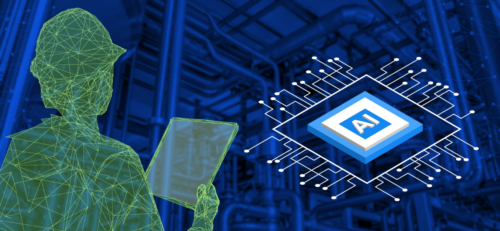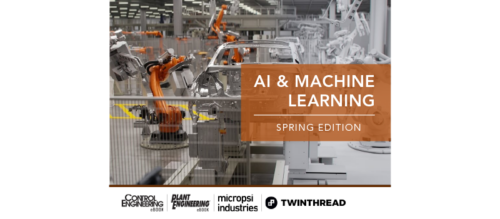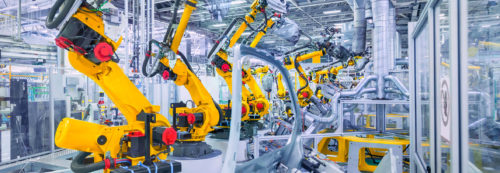Teaching supercomputers to work smarter, not harder
A University of Michigan aerospace engineer is working on high-fidelity simulations for an experimental propulsion system called a rotating detonation engine, which could help supercomputers better simulate complex physics as well as create more efficient aircraft engines.
When it comes to solving the most complex physics problems, supercomputers aren’t as super as they used to be. However, Venkat Raman, a University of Michigan aerospace and mechanical engineering professor, plans to change that. Raman is one of six university-affiliated researchers who have been granted time on the Summit supercomputer, located at Tennessee’s Oak Ridge Leadership Facility. He will use the time to run high-fidelity simulations of an experimental propulsion system called a rotating detonation engine.
The research could lead to more efficient aircraft engines and power generation systems, among other applications. But perhaps even more importantly, the research aims to solve a looming problem with supercomputers themselves: their designs are no longer well suited to simulating complex physics.
“There are multiple revolutions converging,” said Raman, a professor of aerospace engineering and mechanical engineering. “How engineering computations are being done is changing, how supercomputers are assembled is changing, and there is a brand-new approach to aircraft engines. We are combining all three.”
Raman explained that over the past decade, a major shift has taken place in supercomputer technology. While the high-powered machines were once built with custom chips suited for engineering computations, they now rely on GPU chips that were originally designed for graphics applications. The new chips are much more energy-efficient than the previous custom-designed processors.
The trouble is, the software used to solve complex physics problems hasn’t changed with the new hardware. The code that worked well on the old computers has become less and less effective on the new ones.
The problem has compounded as computers have evolved over the past few decades, and Raman believes that it’s reaching a tipping point.
“We’ve been doing physics computations the same way for the past 50 years,” Raman said. “In the past, we’ve been able to keep this problem at bay by making incremental changes to software code. But there has been a major shift, and when exascale computers arrive, they won’t be able to use the old tools.”
Exascale machines will be capable of at least one quintillion — a billion billion — calculations per second. That’s a thousand times faster than petascale machines like Summit.
Developing tools with machine learning models
Raman is designing new tools, using machine learning models that will enable Summit to teach itself how to solve physics problems more efficiently. The models will run alongside the rotating detonation engine computations. As the computations progress, the machine will learn how to divide its workload more efficiently among its more than 27,000 GPUs. The tricks it learns will be transferable to other supercomputers, including the exascale machines that will arrive in the future.
The project’s computations will simulate the complex dynamics of combustion inside a rotating detonation engine. By creating much more detailed simulations than in past efforts, they could help researchers produce a practical version of the experimental propulsion system. Rotating detonation engines produce power with a series of explosions rather than from a constant flame, as in today’s gas turbines and jet engines.
Rotating detonation engines were originally conceived in the 1950s, but were abandoned when other technologies yielded more promising results. Researchers have picked them up again as natural gas power plants have proliferated, and conventional combustion nears its maximum efficiencies. Rotating detonation engines could one day make jet propulsion systems more efficient and allow radical new aircraft designs.
University of Michigan
– Edited by Chris Vavra, production editor, Control Engineering, CFE Media & Technology, cvavra@cfemedia.com.
Do you have experience and expertise with the topics mentioned in this content? You should consider contributing to our CFE Media editorial team and getting the recognition you and your company deserve. Click here to start this process.





